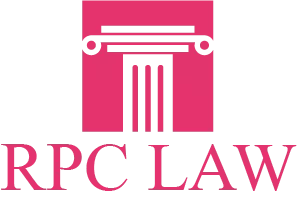During negotiations for a personal injury claim, a claimant might face a challenge. Some issue usually creates a situation that allows for the creation of such a challenge. Once that situation has arisen, the claimant might start to think seriously about filing a personal injury lawsuit.
First questions to ask, if moving forward with the filing of a lawsuit:
Where to file? What is the monetary value of your damages?
If the total amount of your damages comes to a figure that is less than a given range, then you should file in small claims court. Injury Lawyer in Richmond Hill asks you to take that action if the damage figure falls below a range of $3,000 to $15,000. On the other hand, if the amount of your damages comes to a figure above $15,000, then you must plan to file in a civil court system. That entails following a specific process.
Selecting the court where you will file your required documents:
Look for a court in the location where the defendant lives and the near the spot where you were injured. Consider hiring a lawyer; filing papers must be prepared. Lawyers understand how to prepare that sort of paperwork. Moreover, all of the appropriate documents must accompany those filing papers.
Selection of a lawyer is not necessary, but if you file on your own, prepare a satisfactory complaint. Include in your complaint an explanation for why you chose this particular jurisdiction and venue. If filing on your own, have cash available: $200 to $300. You must pay a court fee when you file.
Servicing the defendant
Make a copy of all the papers that you have filed at the courthouse. Provide the defendant with a copy of each paper. Ask at the courthouse how you should go about giving those papers to the defendant.
Get a document that proves the fact that you have served the defendant. File that same document with the court where you filed the other papers. If you were to fail to complete that particular action, the court would not let you proceed with the lawsuit. After you have served the defendant, then you must wait for the defendant’s reply. The defendant might elect to settle, rather than proceed with the lawsuit.
After you and the court have received an answer from the defendant, then you must keep waiting. This time, you need to wait for the court to schedule a time for the discovery process. At the discovery process, the 2 sides share all of their evidence. If you have a strong case, the defendant might decide to settle before the start of a trial. If the defendant does not take that action, then the trial gets scheduled.
